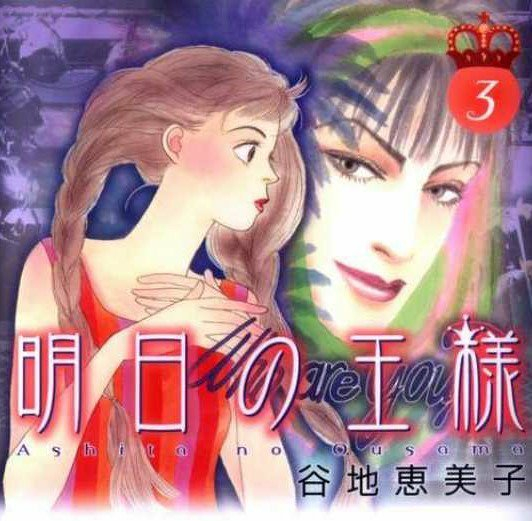Volumes: 10
Status: Finished
Genres: Josei
Authors: Yachi, Emiko (Story & Art)
Of course, my fondness for the manga was probably already sealed from the get go. I love it when one art form discusses another art form, even though theatre, being so complex in its action and staging, didn’t seem perfect for illustrative manga. Emiko Yachi takes a different approach- focusing intently on the behind-the-scenes of theatre, rather than actual performances. There’s a lot of research that’s been done into the technique of expression, and more importantly, the psychology of theatre. It’s so fascinating, seeing how actors and directors coexist and how each must go about embodying the persona they need for each play. I was so surprised to learn Yachi didn’t know anything about theatre before the manga, because she flexes and applies her research so well. The manga’s themes of ambition, rivalry, constant ‘levelling up’ reminded of a lot of sports anime/manga, and the rush of adrenaline I got whenever Yuu managed to execute a play was the same as watching Hinata perform a perfect spike in Haikyuu!. And a lot of the plays actually sound so interesting. Like, I would love to watch these in real life! The manga itself prefers to infer the performances via single splash pages, and the artstyle supports this. The lankiness of the character designs and the way the characters dance across the stage during performances reminded me of Art Nouveau posters for the Moulin Rouge, especially in the way they interact with other in these loose floating poses, seemingly free of all laws of gravity and perspective. As the manga progresses, Yachi becomes increasingly confident and her understanding of theatre starts to show as performances become longer and more elaborate. Yachi’s art is undeniably shoujo, but it’s shoujo grounded in strong drawing technique. Sometimes she relies too heavily on repetitive emoticons to represent emotion in her characters offstage, but it never got to the point of being distracting, and as an emotionally light story, it all came together well in the end.


Another aspect of the manga that appealed to my personal tastes was the premise. The idea of someone discovering something they love purely through coincidence, and then throwing themselves wholeheartedly into pursuing that love without fear is something that I admire- it appeals my silly sense of romance. It’s not too ridiculous about it – Sasaya Yuu’s initial attempts at theatre aren’t successful at all- but her determination to succeed in theatre against all odds was so admirable, even when she was clearly barking up the wrong tree. She’s this wonderful mixture of super-proactive/determined and all sweetness, meaning she could power the plot whilst keeping all the charm and good-heartedness of your typical shoujo protagonist. It was entertaining and refreshing to see a female lead who knew what she wanted and actually made strides to obtain it. It was also refreshing to have my expectations subverted in other characters like Touya, who was not the aloof ‘prize’ I thought he would be, but a genuinely nice person with his own struggles and insecurities despite his talent and skill. As Sasaya climbed up the ranks and gained power, Yachi took steps to bring Touya down from his seemingly unreachable pedestal to make his character more human. There’s romance too, but Yachi wisely assumes that we already know who is going to get together, and the strong cast chemistry meant that whenever the romance did briefly come into the foreground, it made perfect sense. The manga refuses to sink to pointless cliches and moves at lightening speed, as it strives to keep a drama-fee plot occupied by a cast of mature adults who handle conflict responsibly and don’t draw anything out unnecessarily.
Nevertheless, Ashita no Ousama really is a beautiful, solid portrayal of theatre and a wonderful insight into the art form. It’s mature, funny and anchored by a lovable protagonist in Sasaya Yuu. If you’re looking for a relaxed, but solidly executed and intelligent story, this is the one for you.


